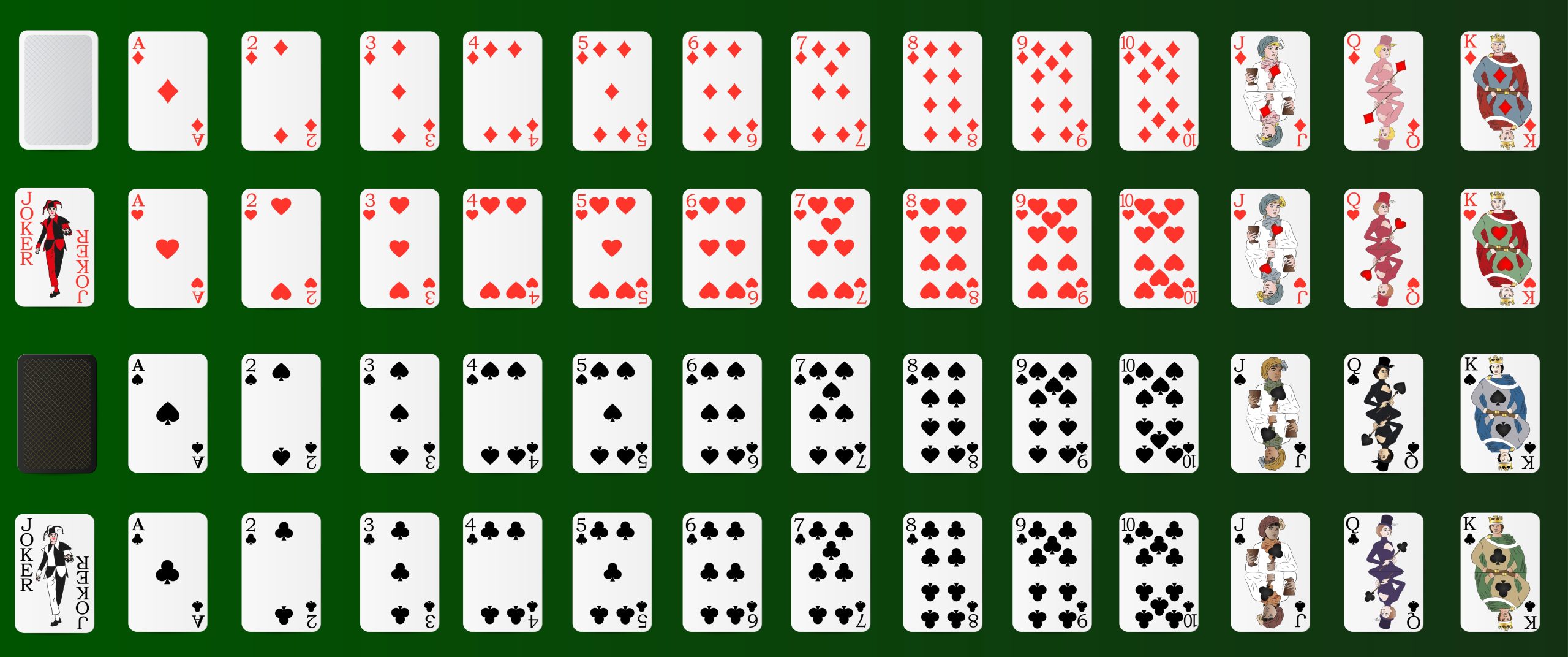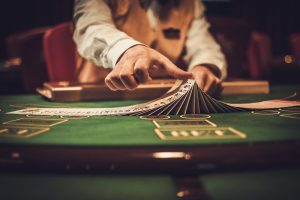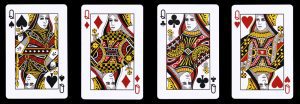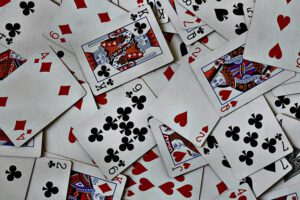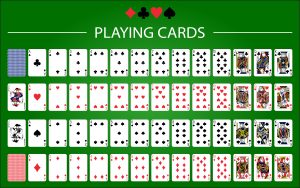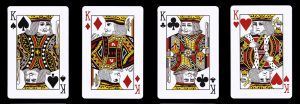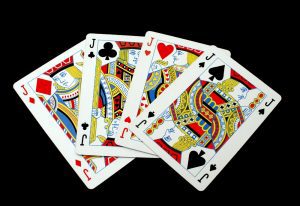There are typically 20 even cards in a standard deck of playing cards. However, the answer to this question can be a lengthy one.
There is almost no such thing as a standard deck of playing cards – and there never has been – as decks of cards each have different meanings.
Playing cards have been used for a wide number of purposes over the last several centuries, including card games, divination, magic, and gambling.
Learn more about the number of even cards in a deck of playing cards, and what that could mean here.
There are usually 20 cards in a standard deck of playing cards. This includes 5 even-numbered cards for each suit, with four suits in a standard deck of playing cards.
In other decks of cards, such as the Tarot, for example, the number is very similar, as there are suits in the Tarot as well.
Here, there would be 20 even cards from the suits, plus an additional 10 even-numbered cards from the Major Arcana.
The answer to how many even cards there are in a deck is 20 for a standard deck, although the answer will be different for every different kind of deck of cards.
Table of Contents
How many even-numbered cards are there in a deck?
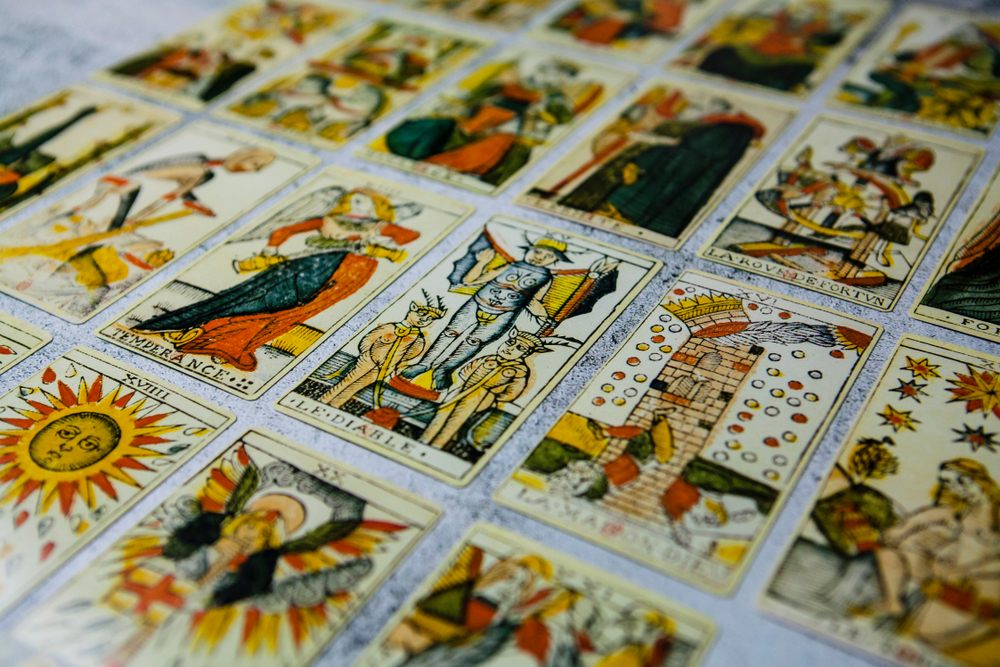
In a standard deck of playing cards, there are 20 even cards. The other most common deck of cards is Tarot, and there are 30 even cards here.
The total number of cards in a deck of playing cards is 52. That consists of four suits, with each suit having numbered cards from Ace to 10, and an additional 3 face cards or court cards.
In this standard set of playing cards, you will have 5 numbered cards from each of the four suits. The court cards are Jacks, Queens, and Kings.
The five numbered cards from each suit will be 2, 4, 6, 8, and 10. With four suits, that makes for a total of 20 even cards in a standard deck of playing cards.
In the deck of Tarot, there are 30 even-numbered cards. There are the traditional 20 even-numbered cards from the suits.
There are four suits in a deck of Tarot, and they are numbered from Ace to 10 with four court cards in each suit.
The court cards are page, knight, queen, and king. The court cards are not numbered. These are the Minor Arcana.
The Tarot also has a series of cards called the Major Arcana. The Major Arcana are numbered from 0 to 21.
They are not suits; they are symbols. So, there is the Sun card and the World card, or the Lovers card, for example.
Here there are 10 cards that are even in number. That makes for a total number of 30 even-numbered cards in a deck of the Tarot.
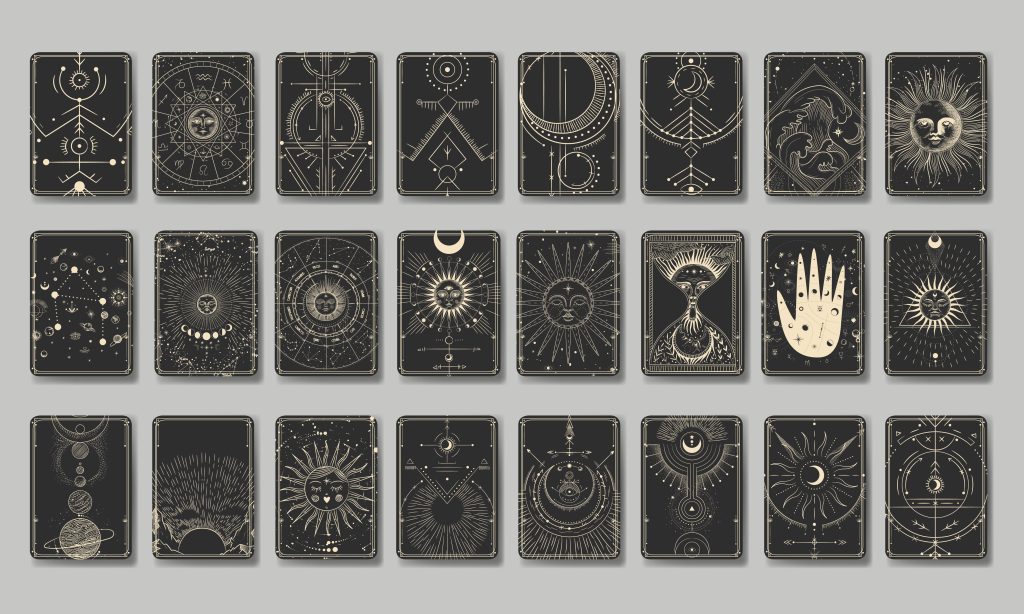
These are just two examples of the kinds of playing cards that are numbered, and they are the most popular kinds of cards.
They are also the most commonly used cards in history.
What is the history of the deck of playing cards?
The history of playing cards goes back centuries, and there have been many uses for playing cards.
Playing games with the playing cards is just one example. The first appearance of a set of playing cards is said to have come from Chinese literature from the tenth century.
In the 1300s, they became common in Europe as something to do. That started in Italy and Spain, where the cards were said to have been imported from the Mamluk dynasty out of Egypt.
These cards were hand-painted cards and were considered luxuries. For hundreds of years, playing cards were considered fancy things for the rich alone because of that.
By the fifteenth century, it would cost less to produce them, with the advent of woodblock printing. France would be among the first to do this.
France also enjoyed using stencils to paint on cards, to distinguish their kinds of playing cards from those of Italy and Spain.

By the time they came to the West, the first set of playing cards was a paper-thin piece of cardboard with a design on it.
Each piece of cardboard was the same size as the other, and small enough to be hand-held. One side of the cardboard would be marked with a pretty design, while the other would be given a symbol.
These would not appear until the 1500s, and by the twentieth century, the cardboard became coated in plastic so that the cards would last longer.
In the sixteenth century, playing cards were used more by women than men. However, playing cards first became introduced as a tool for gambling around this time as well.
This was a method of card use that everybody wanted to get in on, including governments.
That tradition continues even today, with many casinos being run or regulated by the government in the country where the casinos and their card games are being played.
It would be the twentieth century when the standard deck of playing cards was introduced. Today, the number of even-numbered cards in a traditional deck of playing cards is 20.
Why does the standard deck of playing cards have 52 cards?
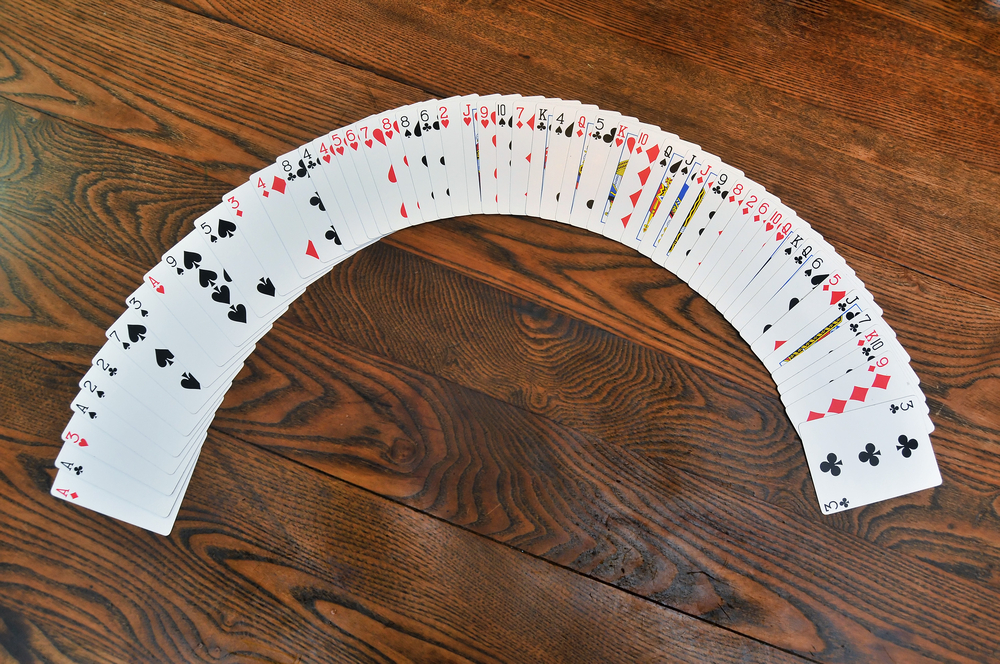
The standard deck of playing cards has four suits, and 13 cards in each suit. Some standard decks come with two jokers, and that makes the deck 54 cards large.
However, the jokers do not have a number on them and thus cannot be counted as an even-numbered card.
The joker can sometimes count as an even-numbered card, depending on the game that you are playing.
In some cases, the joker is a wild card, and the player determines the value of the card.
Why the deck has 52 cards exactly otherwise is somewhat of a mystery, it just is how the standard deck was created.
Some say that the deck is modeled after a standard calendar year, with each card representing one week of the calendar year.
The standard deck of cards hasn’t always been for playing card games.
It has been used for divination and magic before and still is today. Each suit can symbolize one of the seasons in this case.
The red suits, diamonds, and hearts are the seasons with more light in them when the cards are used this way.
Hearts are for the spring season; diamonds are for the fall. Spades represent winter, and clubs represent summer, as they are inspired by the luck of the four-leaf clover.

It has been suggested that the 13 cards in each suit also represent the 13 lunar cycles of the calendar year.
Suffice it to say, there is rich symbolism in a deck of playing cards, whether that deck is the Tarot or not.
It is a mystery why they have been constructed and designed in such a way, but regardless, the standard deck offers fun and entertainment to every culture all over the world today.
What is the probability of pulling an even-numbered card in a deck of playing cards?
The probability of pulling an even-numbered card in a standard deck of playing cards can be calculated using the traditional rules of probability.
In this case, you would use the numbers in a deck of playing cards to arrive at this answer. Here, you have 20 cards in a deck of playing cards that are even-numbered cards, and the total number of cards is 52.
The probability then is 20 out of 52, or 20/52. Or, you have a 38% chance of drawing an even-numbered card from a deck of 52 playing cards.
As there are an identical number of odd-numbered cards, you have the same probability of pulling or drawing an odd-numbered card from a standard deck of playing cards.
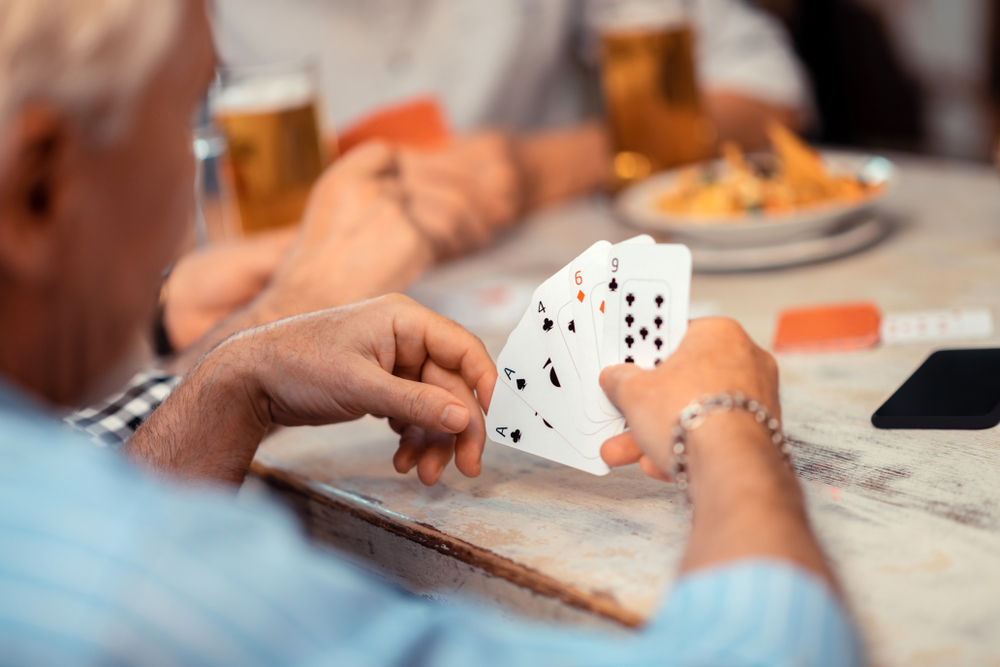
This number to card players will come in handy, as the avid card player is always crunching numbers hoping for the next big win in their current game of luck.

